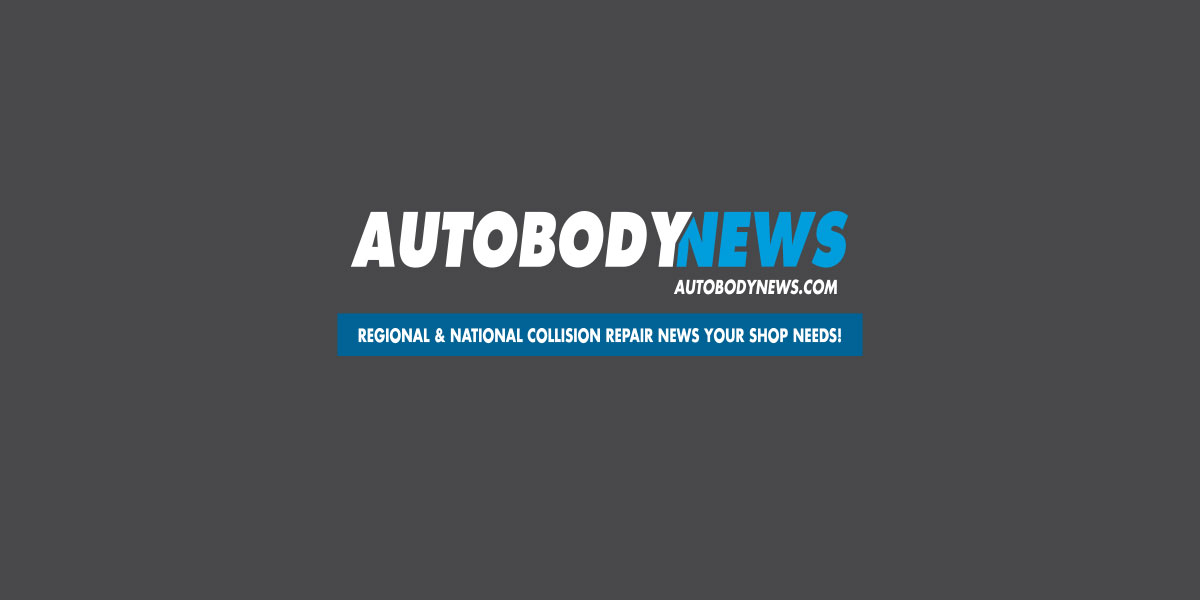What’s the cost of a comeback?
It’s a question most shops haven’t considered; fewer shops have actually calculated the cost of a comeback. If you figured out the actual cost each time a customer has to bring their vehicle back into the shop, you’d be investing more of your time, systems or other resources to prevent it.
I’m not talking about a customer coming back for a trim piece or other another part that was on backorder at the time the vehicle was delivered. I’m talking about the customer coming back that you didn’t expect to see until their next accident. They could be returning because of a paint issue, wind noise, or some vehicle system not functioning properly – something related to the quality and completeness of the repairs you performed.
Clearly, most of the issues leading to such comebacks are avoidable through the use of such practices as having a good (preferably electronic) quality-control process in place throughout the repairs (something I discussed in a previous article), conducting a post-repair scan and test drive, and adhering to the OEM repair procedures researched at the time the repair plan for the vehicle was developed.
If you don’t have those practices in place – or if you do and something still manages to fall through the cracks – you’re likely to have a comeback. So let’s do the math and figure out how much that costs your business.
First, let’s think about some of the other indirect costs to which we might not be able to attach a dollar figure. How does that comeback impact the trust and reputation you’ve built with that customer? How much potential future business will you lose from that particular customer – or from others who hear, or read online about that customer’s experience?
But leaving those intangible costs aside, you can actually measure the other bottom-line financial costs of that comeback. Here’s how.
Start with the cost of your body technician’s time addressing the comeback. The average collision technician produces about $55,000 or $65,000 per month in sales. At a 45 percent gross profit, a $55,000-per-month technician generates $24,750 in gross profit.
Divide that by the number of hours they work in a month (let’s say it’s 195 hours) and you’ll see that technician is generating $126.92 in gross profit for each hour worked.
So if that technician has to spend two hours on a redo or comeback, that just cost your shop $253.84 in lost gross profit. If there’s paintwork involved in the comeback, you can use a similar calculation to add in what it cost in paint shop labor gross profit.
How about the estimator who worked with that customer and who took the call when the customer found a problem with the vehicle? He had to spend the time to speak with the customer, schedule the car back in, order any necessary parts, look up any additional OEM repair procedures, convey the information to the necessary staff, and coordinate getting the vehicle back to the customer a second time. Each of those small steps adds up, and they often interrupt work the estimator was doing, adding to the time lost in getting back into that work. An estimator making $60,000 a year cost you about $25.64 per hour ($5,000 per month divided by 195 hours worked per month) so if that comeback eats up 1.5 hours of their time, you’ve just added $38.46 to the dollars and cents cost of that comeback.
Does your $15-per hour detailer need to spend another hour re-cleaning the vehicle? Add that in. Were there any paint materials needed? Add that in. Hopefully, the comeback didn’t require additional scanning or calibrations, but if so, you can add the cost of those in as well.
It’s easy to see how a comeback for even a relatively minor issue can rack up $500 or even $1,000 in costs for your business. Even just three of those a month can put an $18,000 ding in your shop’s annual bottom line – and I suspect there are a lot of shops dealing with far more than three comebacks a month.
So let’s talk about what you’re doing to avoid comebacks. Send me an email (mike@collisionadvice.com) about your quality control process or other insights you can share. Let’s start taking some of the wasteful cost of comebacks out of your shop and out of the industry.















Mike Anderson